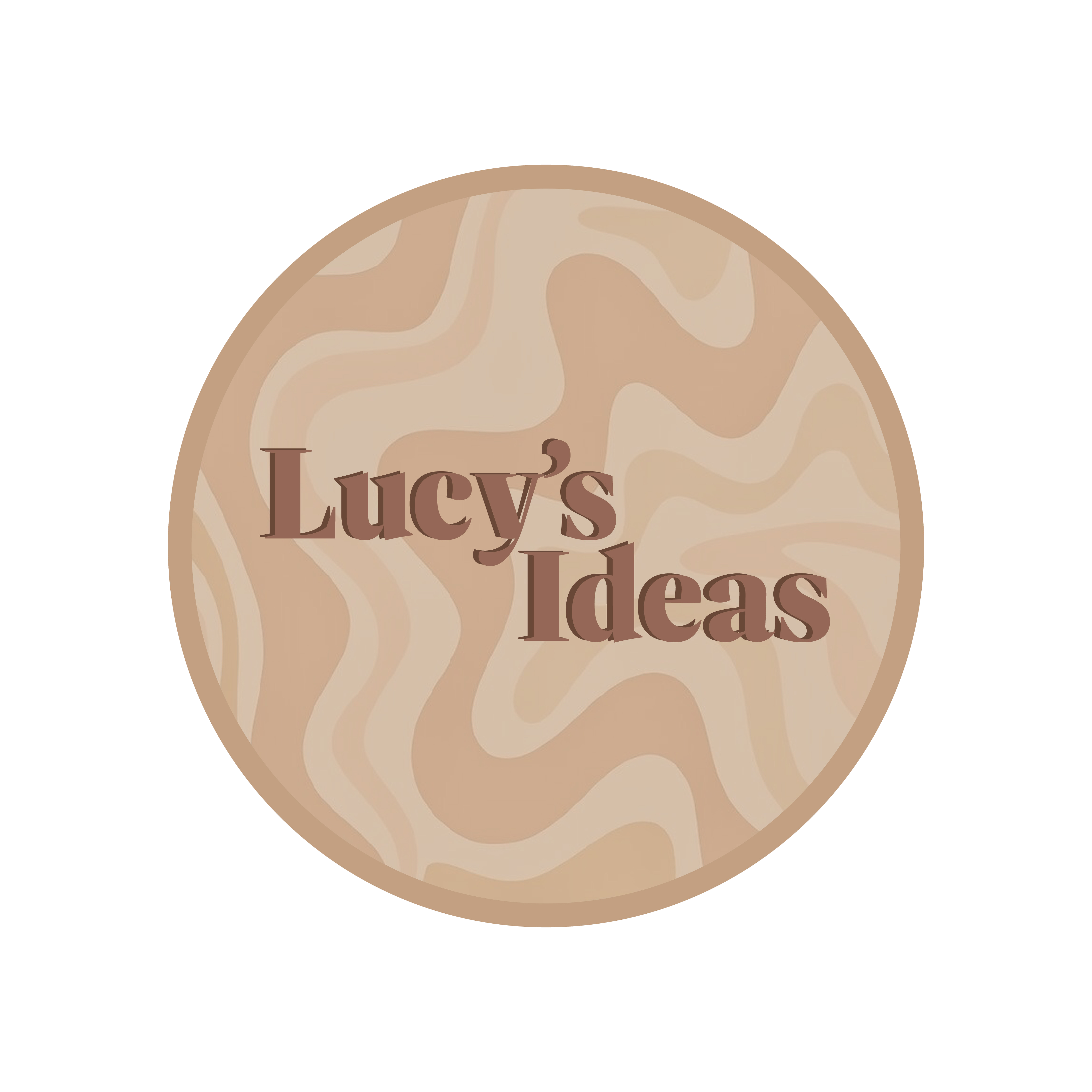Open Broadcaster Software – or shortened to OBS – is a free and open source software for video recording and lie streaming. A user can stream to numerous platforms such as Twitch, Youtube, etc. For this specific task, I am designing a very short webinar using OBS. A webinar would usually be presented live using this type of streaming software and be connected through Zoom or Microsoft Teams using a virtual camera feed. Even though this project won’t be presented live, the aim is to use material from software to allow for the illusion to take effect. I chose to relate my technical subject tutorial to warping text within Adobe Illustrator for exciting typography.

The video will not be longer than 5 minutes and we were given 5 scenes to allow for a rough schedule throughout. The following is what the scenes will include:
- A branded animated logo introduction with audio 10 seconds approximately.
- A live selfie camera section introducing the tutorial topic 10-15 seconds approximately.
- A live screen capture with voice-over and selfie camera showing the tutorial process 2-4 minutes approximately.
- A live concluding selfie camera section 10 seconds approximately.
- A branded animated logo outro with audio 10 seconds approximately.
I have included the original video tutorial that I have followed for this specific subject below.
The first step of the exercise, I produced an animated sequence for an introduction within Adobe Premiere Pro. I wanted this to link to the exercise so therefore related the animation to a heading with a channel name and also found a correlating colour palette. This specific section needed to be 10 seconds long with an audio element. To discover the audio, I found a royalty-free site to download a clip to overlay the animated sequence. Once this had been produced, I imported it to the beginning of my OBS project.
The following stage was to record a ‘live’ selfie camera section introduction which OBS can record in the software themselves. All I had to do was import a webcam section and resize this to the dimensions of the screen. I simple explained who I am and what the tutorial will consist of which is approximately 10 seconds long.
The main section of the webinar is the tutorial stage which demonstrates a skill set to the user for them to follow along. As previously stated, I chose to use Adobe Illustrator to create warped text designs. This took a few takes to film as I needed to make sure I knew what I was talking about but also included a few mistakes to emphasise the live element. I wanted this to be as simple as possible for users as the original video includes very few steps. This screen includes a large desktop window recording of the software so the audience can focus their concentration on following step-by-step. In the top right corner is a small webcam video which includes my selfie camera to add the live effect to the recording. This is how majority of YouTube tutorials are filmed nowadays so the simple layout relates heavily to these livestreams.
After the bulk of the webinar was filmed, I moved on to recording the selfie camera outro and a thank you message. On Youtube, these are very short and usually include promotion so I decided to stick to the webinar format and not explore these. This was the same length as the introduction selfie camera and ensured this was a short section finalising what the suer has learnt.
The final section of this webinar was following the live recordings with a different outro animation compared to the initial one. I wanted this to be brief but a similar style linking to the text animation relating to the tutorial. The style and colours are exact to the beginning animation to carry branding and allow to user to recognise the logo. This text simply displayed ‘Thanks for Watching’ – nothing too complex as it is only a 10 second animation. This was altered and created in Adobe Premiere Pro again.
Using OBS and Adobe Premiere Pro, the recording and editing of the webinar was extremely successful and I feel positively that this subject tutorial would help an audience to produce exciting typography by discovering simple settings and options in Adobe Illustrator. The final video after being edited was uploaded onto YouTube to stream below.
